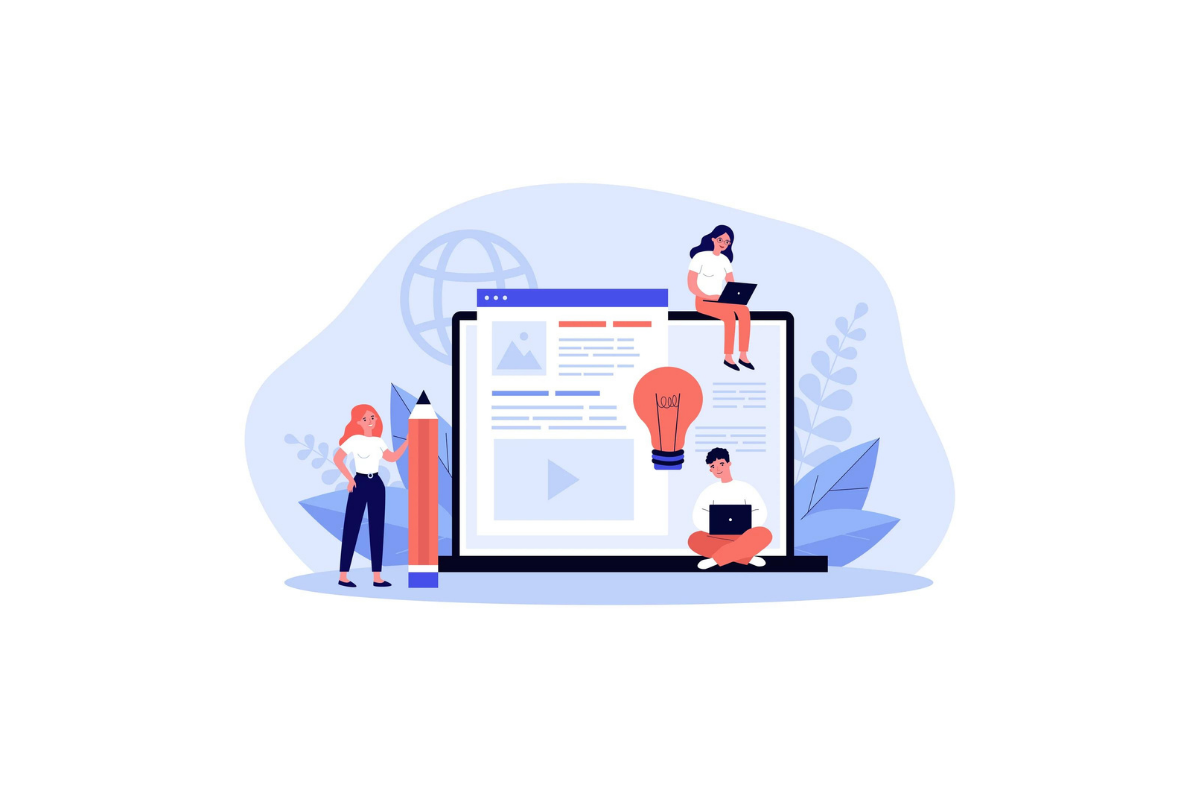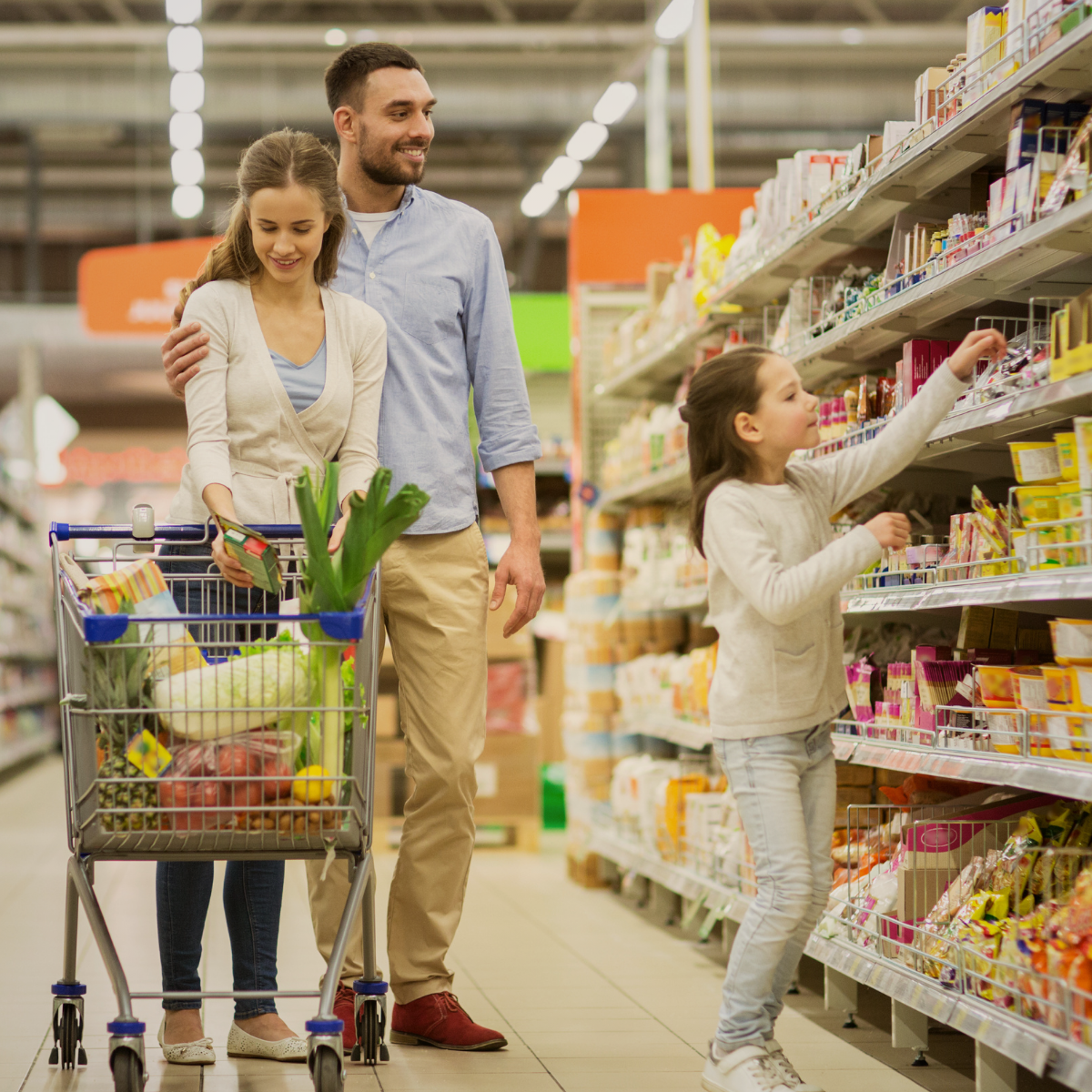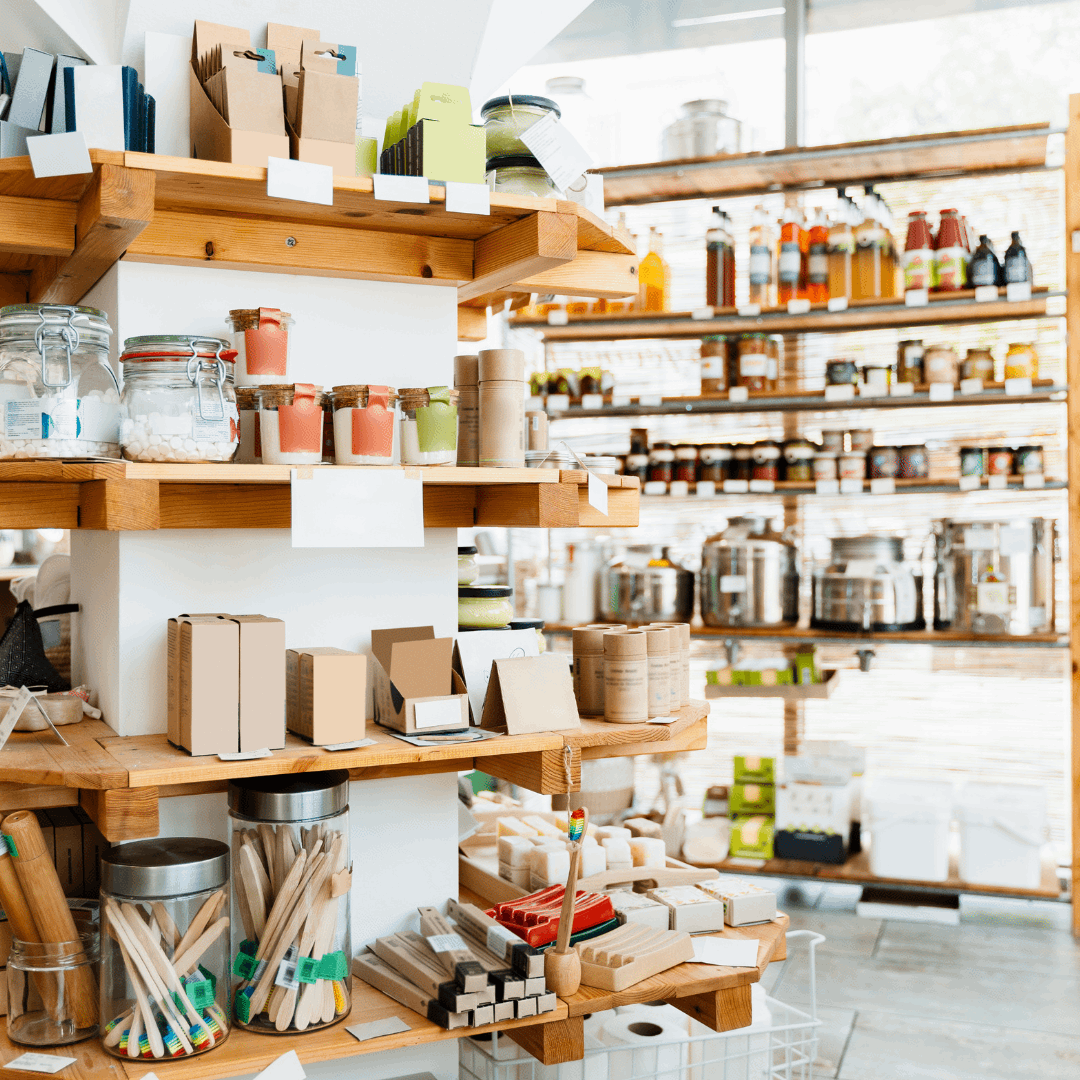For individuals and businesses alike, 2020 was a tough year to navigate. The COVID-19 pandemic flipped the world on its head and everyone had to adjust to new ways of living. The good news for CPG food brands is that people started gravitating toward packaged food in huge numbers. This shift in preference opened the door for CPG marketing to reach more customers and be more successful if brands can adjust their CPG go-to marketing strategy to the developing retail landscape.
COVID-19 Changed eCommerce
The effects of this global health crisis were far-reaching. Some industries were devastated, while others — including consumer packaged goods — were bolstered by consumers’ swiftly changing needs. More people than ever before were prioritizing CPG food products as they transitioned to online shopping and grocery delivery instead of visiting retailers in person. According to a McKinsey study, this change in consumer behavior resulted in the industry experiencing 10 years’ growth in just three months’ time.
Even as restrictions ease and people resume their normal lives, the purchasing habits of 2020 are sticking around. People are still ordering household items from Amazon, opting for curbside pickup at Walmart and stocking up on packaged goods during every grocery run. CPG food companies can take advantage of these behaviors by creating a marketing plan that targets exactly what people want: ease, convenience and safety.
Let’s take a closer look at some CPG marketing strategies that can help you create brand awareness and foster profitable growth.
How CPG Brands Can Adjust Their Marketing Strategy
Social Media
One area many CPG food brands are turning their marketing efforts on is social media. During the pandemic, use of social platforms like Instagram, Facebook and even LinkedIn skyrocketed, creating a broad captive audience for digital ads and a deep pool of potential customers eager to interact with their favorite brands. Social media is now the main way people are learning about brands, discovering new products and purchasing items.
Another benefit of using social media in your digital marketing strategy is you can target specific demographics through ads and engage with your existing customers on a more personal level. It also gives you a platform to showcase new products, advertise sales and gather data about consumer demands and desires.
Pricing
Another tough reality of the COVID-19 pandemic is that many people had to tighten the belt on their personal or family finances. This made consumers more cost-conscious when choosing between brands they trust. They might not pick the cheapest item on the shelf every time, but they’ll often err toward the cheaper of two products they consider equal in quality.
There are two ways to approach this obstacle. The first is through your brand messaging. If you have a pricey product, you can use your messaging to justify your pricing and show customers that although you’re not the cheapest option, you’re still the best. Maybe your product lasts longer than competitors, uses better ingredients or is part of a larger cause. Whatever sets you apart and justifies your price tag can be worked into your messaging so it's clearly conveyed to consumers.
Another route is to focus on how you can help people save money, such as rolling out a big marketing push when you have sales and promotional events or offering discounts for becoming a member. Gated discounts, such as signing up for the newsletter or creating an account, are great for building up your list of prospects, and subscriber discounts are easy ways to reward brand loyalty. Plus they both help people save money, which makes it easier to purchase your product.
Engagement
Consumers are routinely being involved in the marketing process earlier and earlier so they feel like part of the brand and not just another customer. This might happen in the form of polls on social media, VIP access to new products in consideration or events like the Lays Flavor Contest. Some brands even do giveaways on social media to help boost their account and brand awareness at the same time.
These tactics are all great ways to bring your audience inside your brand and make them feel like a part of the team. No matter what CPG category you fit into, every brand from emerging to established can benefit from engaging with its customers. It gives you a deep bank of prospects and invaluable data to draw on for making informed business decisions.
Content
You might not think the CPG environment and content marketing go hand-in-hand, but the truth is using your website content to drive sales is a great marketing strategy for any business. Brands can offer extra value by providing unique content about themselves, their product or their niche in the marketplace. For example, if you’re a CPG marketer for a brand that sells exclusively paleo packaged foods, you could create content about what the paleo diet is, why it’s beneficial for overall health and what foods are included on it. This way, for consumers who are interested in your product or the diet but aren’t sure what paleo is, you’ve provided the valuable service of informing them and offering a solution.
There are plenty of marketing agencies that can help your brand employ a content marketing strategy, but you can also opt to do it in-house. If you have a working knowledge of SEO and the time to write blog posts, then you can start leveraging information for your brand right away.
Top Trends Influencing the CPG Industry
With a rapidly evolving marketplace, the CPG environment has to stay on its toes to change and adapt to consumer demands. The worst of the pandemic may seem to be over, but the shifts in purchasing habits are still moving in all new directions. To keep up, CPG food brands need to be on the cusp of industry trends like these:
- Changing Demographics. The ethnic demographics in the U.S. are becoming more varied each year, which means some brands will have to adapt their focus and marketing to be more inclusive and cater to different preferences. Things like seeking out new retail partners or revising brand messaging to reach a wide audience can help to address this trend.
- New Purchasing Power. Millennials are taking the stage by the storm as most of them are now entering middle adulthood. They’re making purchasing decisions for themselves and their families and beginning to overwhelm the purchasing power of the previous generation. CPG brands can capitalize on this trend by addressing millennials’ way of life, such as providing grab-and-go options, easy-to-use products or environmentally friendly disposable items that are cost-effective.
- The Shift to Digital. We talked about how COVID-19 gave a hefty boost to eCommerce, but consumers have been shifting to digital for years. This doesn’t mean CPG brands need to abandon their shelf space in stores, it just means it could be worthwhile to expand into digital spaces. Things like amping up social media and utilizing content marketing, as discussed earlier, are two simple ways to introduce your product online.
Developing your brand and adjusting your marketing strategy can take time and expertise. Choose VDriven as your CPG brand consultant, and let us help you evaluate your marketing needs and create a plan to grow your brand. Contact us today for comprehensive food business consulting services.
Vdriven
VDriven is a CPG partner for modern brands that improve our daily lives. We fuel your growth and innovation by giving you strategies and support in every phase of the retail process.






